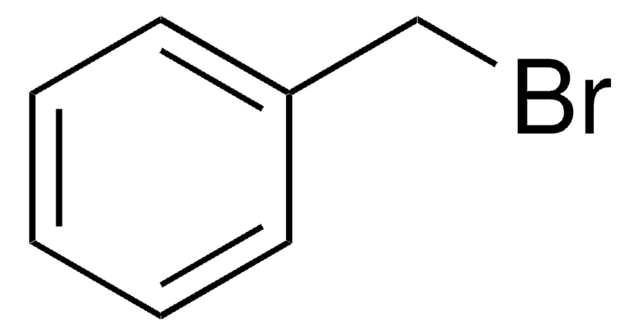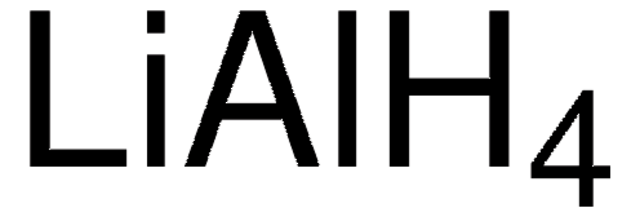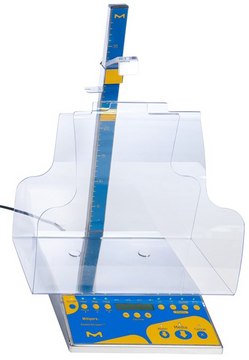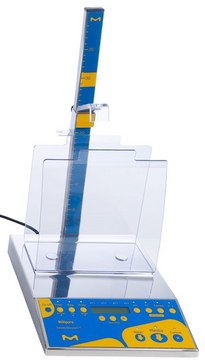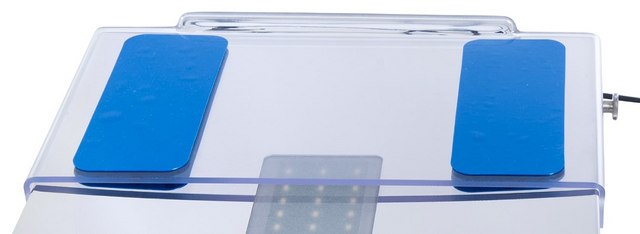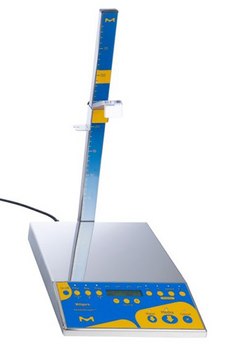452912
Sodium hydride
60 % dispersion in mineral oil
Synonym(s):
Sodium monohydride
About This Item
Recommended Products
form
powder (moist, paste-like)
Quality Level
reaction suitability
reagent type: reductant
greener alternative product characteristics
Design for Energy Efficiency
Learn more about the Principles of Green Chemistry.
sustainability
Greener Alternative Product
concentration
60 % dispersion in mineral oil
mp
800 °C (dec.) (lit.)
greener alternative category
SMILES string
[Na]
InChI
1S/Na.H
Looking for similar products? Visit Product Comparison Guide
1 of 4
This Item | RDYSTRM30 | RDYSTRM60 | RDYSTRM20 |
|---|---|---|---|
| application(s) food and beverages | application(s) food and beverages | application(s) food and beverages | application(s) food and beverages |
| manufacturer/tradename ReadyStream® | manufacturer/tradename ReadyStream® | manufacturer/tradename - | manufacturer/tradename ReadyStream® |
General description
Application
- preparation of a plasticizer for the formation of a solid polymer electrolyte (SPE) for optoelectronic application[1]
- synthesis of heteroaryl thioethers, the common constituents in therapeutic compounds[2]
- preparation of sodium aluminum hydride (NaAlH4), which can be used as a hydrogen storage material(3)
- a base and a reducing agent for the deprotonation of alcohols, phenols, amides, ketones, and different functional groups(4)
- for potential usage in thermal energy storage(5)
Signal Word
Danger
Hazard Statements
Precautionary Statements
Hazard Classifications
Eye Dam. 1 - Flam. Sol. 1 - Met. Corr. 1 - Skin Corr. 1A - Water-react 1
Storage Class Code
4.3 - Hazardous materials which set free flammable gases upon contact with water
WGK
WGK 1
Flash Point(F)
Not applicable
Flash Point(C)
Not applicable
Regulatory Information
Choose from one of the most recent versions:
Already Own This Product?
Find documentation for the products that you have recently purchased in the Document Library.
Which document(s) contains shelf-life or expiration date information for a given product?
If available for a given product, the recommended re-test date or the expiration date can be found on the Certificate of Analysis.
How do I get lot-specific information or a Certificate of Analysis?
The lot specific COA document can be found by entering the lot number above under the "Documents" section.
What is the particle size of Product 452912, Sodium hydride in Mineral Oil?
Particle size is not one of our specifications so we have not tested for it and neither has the vendor. According to literature though, the particle size could range from 5 - 50 um (Condensed Chemical Dictionary, Twelfth Edition).
How do you dispose of Product 452912, Sodium hydride in Mineral Oil?
In accordance with our MSDS, we recommend you contact a licensed waste disposal company to dispose of this material. If you have small quantities to dispose of, the Hazardous Laboratory Chemicals Disposal Guide : 2nd Edition, recommends you wear eye protection, laboratory coat, and nitrile gloves. In the fume hood , mix the hydride with a 1:1:1 mixture by weight of sodium carbonate or calcium carbonate, clay cat litter (bentonite), and sand. Slowly and cautiously add butanol ( about 38 mL/g of hydride) until the reaction ceases. Then add water very carefully until all of the hydride is destroyed. Let stand until solids settle. Decant liquid into the drain. The solid residue may be discarded with normal refuse.
What is the packaging configuration for Product 452912, Sodium hydride in Mineral Oil?
The 5 gram unit is packaged in an amber glass bottle. The 100 gram and 500 gram quantities are packaged in a paint can. The product is in a bag in the can and the can be opened by removing the plastic seal from the top of the can. An 18 L steel drum is used for packaging the 2 kg and 5 kg size.
When does Product 452912, Sodium hydride in Mineral Oil, decompose?
According to literature, this product starts to decompose with the evolution of hydrogen at about 255 deg C and completely decomposes at 800 deg C ( Condensed Chemical Dictionary, Twelfth Edition ).
What is Product 452912, Sodium hydride in Mineral Oil, soluble in?
According to the chemicals encyclopedia published by the Royal Society of Chemistry:13th Edition this product will react explosively with water and violently with lower alcohols. It is soluble in molten sodium hydroxide and can spontaneously ignite with moist air.
How do I find price and availability?
There are several ways to find pricing and availability for our products. Once you log onto our website, you will find the price and availability displayed on the product detail page. You can contact any of our Customer Sales and Service offices to receive a quote. USA customers: 1-800-325-3010 or view local office numbers.
What is the Department of Transportation shipping information for this product?
Transportation information can be found in Section 14 of the product's (M)SDS.To access the shipping information for this material, use the link on the product detail page for the product.
My question is not addressed here, how can I contact Technical Service for assistance?
Ask a Scientist here.
Our team of scientists has experience in all areas of research including Life Science, Material Science, Chemical Synthesis, Chromatography, Analytical and many others.
Contact Technical Service

